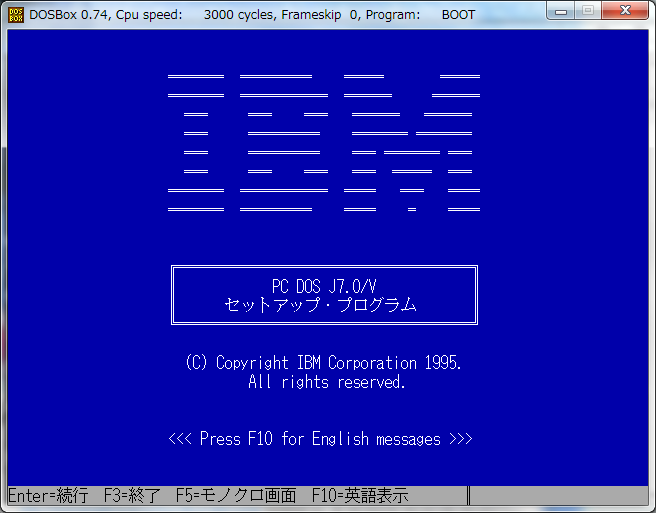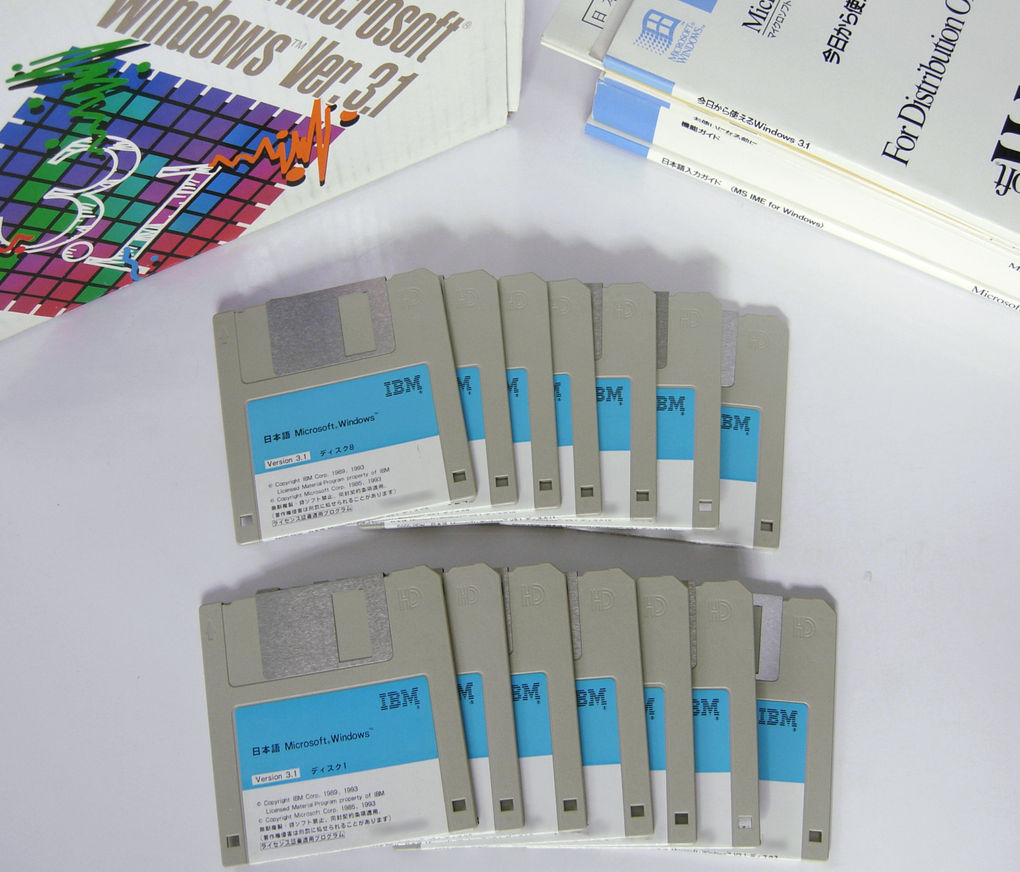

- #IMGMOUNT DOSBOX 16GB IMG MAC OS X#
- #IMGMOUNT DOSBOX 16GB IMG INSTALL#
- #IMGMOUNT DOSBOX 16GB IMG WINDOWS#
In a little while, Windows 95 will be installed. To start the installation, type the following: Mount c.img like we did the last time and boot 622c.img. Make sure you close DOSBox before you move the files.Īll you need to do is move over the entire WIN95 directory (the one containing all the CAB files) from the CD to your mounted and now formatted image. Dominus recommends using DiskExplorer which is free.

On Windows, I'm not entirely sure if this is possible, but a program like Isobuster should work too.
#IMGMOUNT DOSBOX 16GB IMG MAC OS X#
I'm on Mac OS X myself and can mount it by double clicking on the image file in the Finder. qbix mentioned that mount -o loop dos622.img /mnt should do it on Linux. The easiest way to do this (to my knowledge, anyway) is to mount the c.img file in your operating system. Discs degrade over time and will become unreadable, especially if it's already a home made copy to begin with.) (If you don't have an image already, consider making one anyway.
#IMGMOUNT DOSBOX 16GB IMG INSTALL#
The trick here is to copy the installation files over to your newly formatted hard disk and then perform the install from there. It doesn't really matter if it's an image or not. The version should not matter all that much I'm using a Dutch OEM version myself, the same one I got with my first Pentium computer about 17 years ago. Copy over setup files and start Windows 95 installationĪt this point you should have your Windows 95 disc ready. They'll work, but you'll only be able to use a portion.Ĥ. I don't know exactly which one, but I've found that hard disk images with a size of over 512 MB (or a cylinder count of over 1000?) tend to be problematic. Note: if at this point DOSBox is incorrectly reporting the size of your hard disk, that may be due to either a DOSBox bug or a problem with MS-DOS. This is where our boot disk first comes in. The problem is it doesn't have a filesystem yet. So now we have a hard disk image that we're going to be installing Windows 95 on. Mount and format your new hard disk image However, it's possible to still compress flat files using your host OS's filesystem in Windows XP, this is the default behavior (hence the blue filename).Ĭopy this file (let's call it c.img) to your DOSBox directory.ģ. Only flat images are supported (as of this time of editing).

In my example I'm making a 400 MB image which has 812 cylinders. There's a section on using it on the DOSBox wiki too.Īll you really need to remember when using bximage is the cylinder count, since everything else is standardized and shouldn't be changed. Making an image using bximage is extremely straightforward. (Would be awesome if that could be merged with the main branch.) HAL9000's Megabuild contains a built in command for creating these from within DOSBox. You can do this using the bximage program that comes with Bochs. Make sure this file is in your DOSBox directory. I've read that you can cheat Windows into accepting a different version by using set ver 6.0, but I can't confirm this myself since if you use 6.22 you'll never run into this problem. I don't know exactly which versions of MS-DOS will work, but I suppose 7 should be fine too. Let me know if you want anything elaborated I kind of wrote this in a hurry since I've got a ton of other work to get done today and should really be getting started 😀įirst off, get an MS-DOS boot disk. You just can't do it while in DOSBox's own DOS shell-you need to boot up from pure DOS. Old guide wrote: You just can't do it while in DOSBox's own DOS shell-you need to boot up from pure DOS. The old guide is shown below, but it could be outdated by the time you read this. Further updates will be added there only. It took me a bit of fiddling around, but it turns out it's actually quite easy.Īttn: this guide has been moved to Google Docs. This guide is for those who want to get Windows 95 working on DOSBox but don't want to go through the trouble of looking up all the scattered pieces of information that need to be known.


 0 kommentar(er)
0 kommentar(er)
